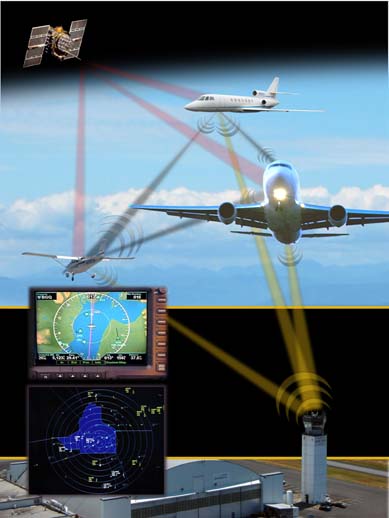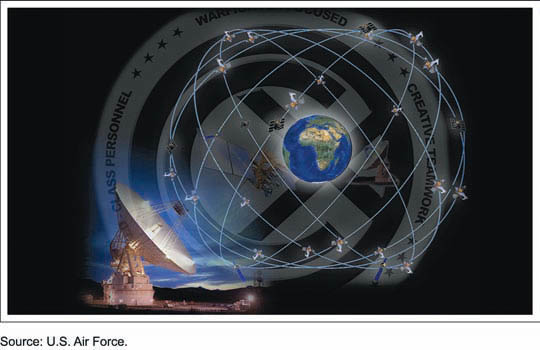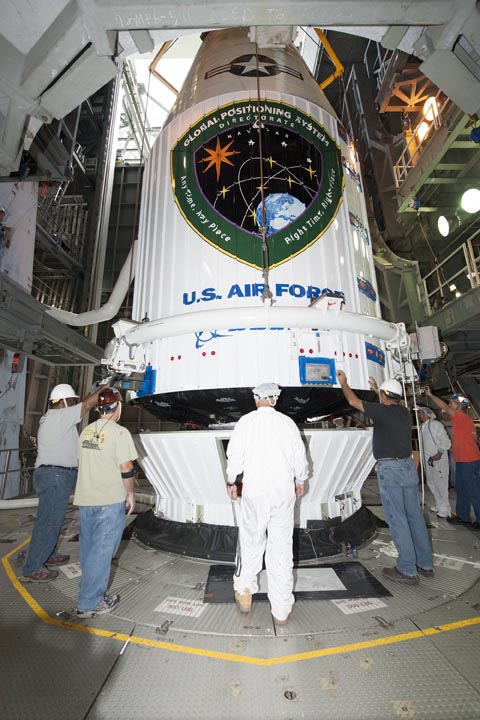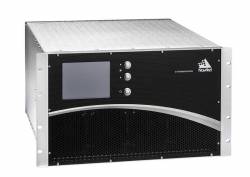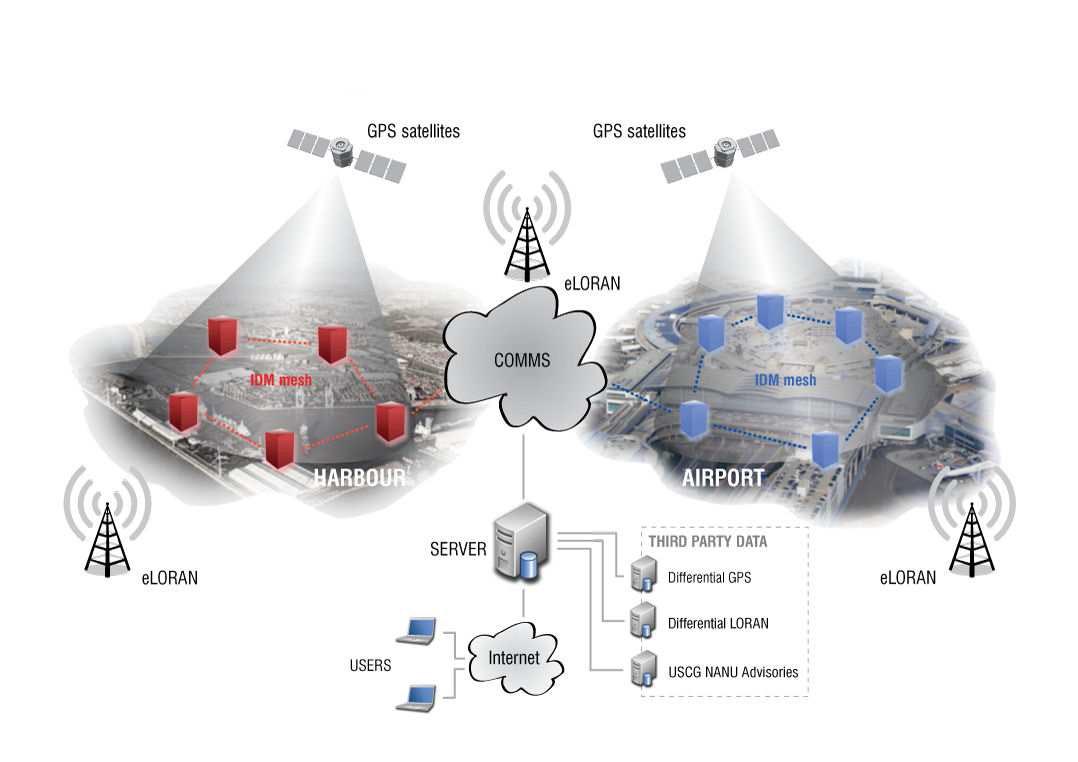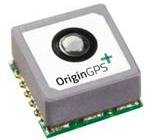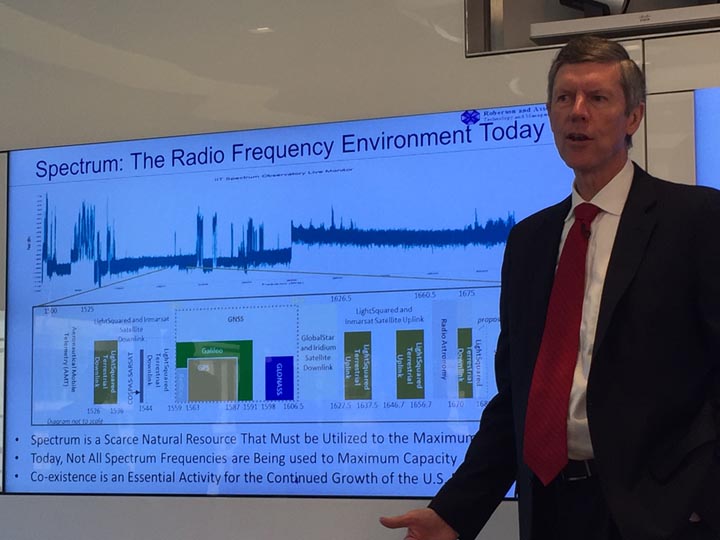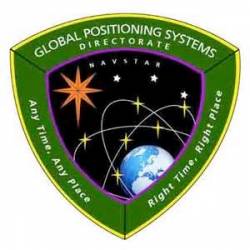ULA Drops Out of GPS III Launch Competition
The United Launch Alliance (ULA) send-off of the 12th GPS Block IIF satellite scheduled for next February 3 may turn out to be the last GPS launch for the Boeing/Lockheed Martin joint venture — at least for a while. ULA did not submit a bid to launch the next generation of GPS satellites (GPS III).
By Inside GNSS

